At Jablíčkář magazine, we try to bring you all kinds of exclusive content through series. Most of the members of the editorial team definitely do not just sit at the computer all day and write articles that are dedicated to Apple and apple products. The evidence in this case can be, for example, series We start engraving, where we deal together with how to start amateur engraving at home step by step, or perhaps Eyeless technique, where one of our team members describes what it's like to be blind in today's modern age.
It could be interest you
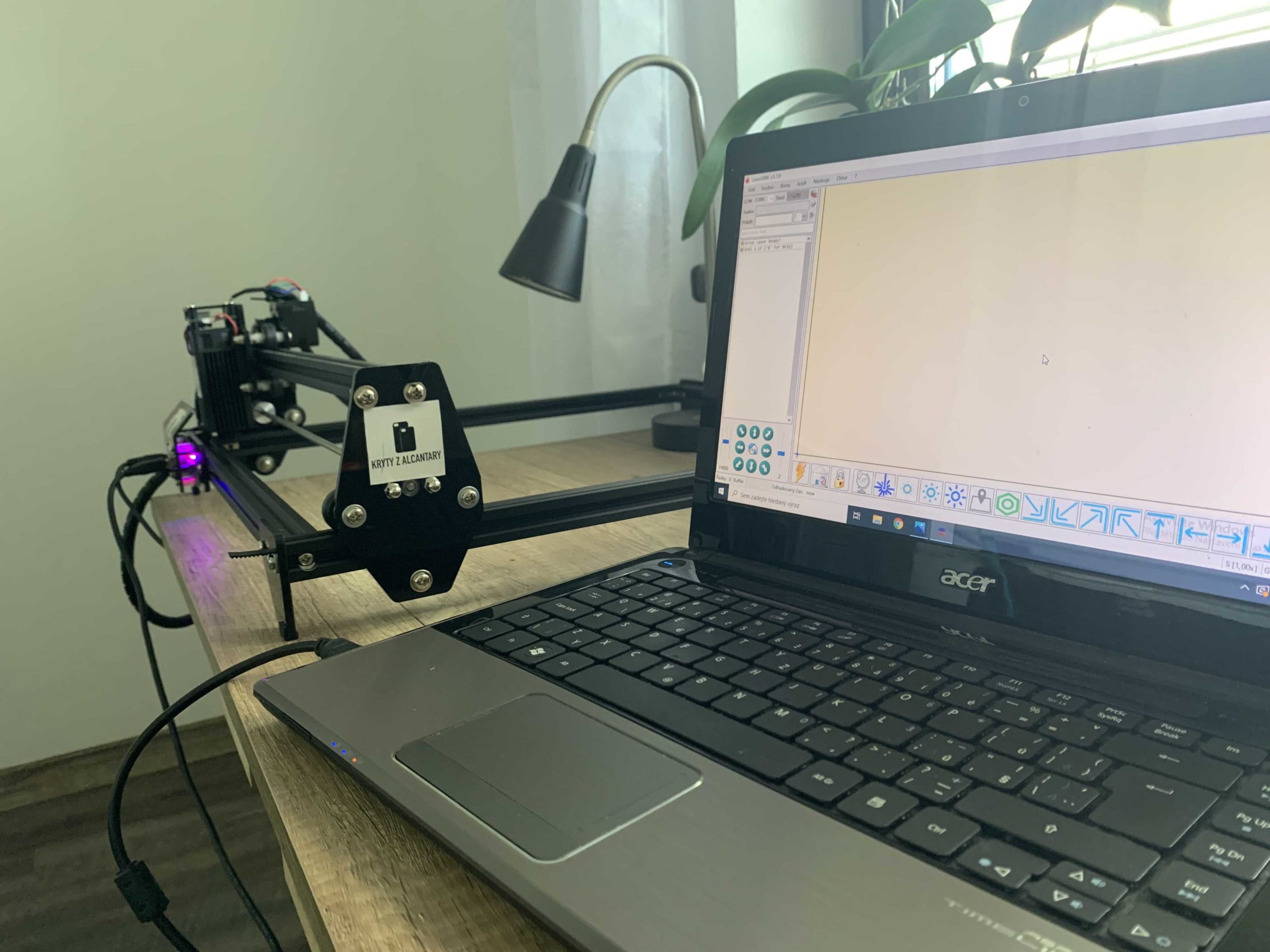
Personally, in addition to Apple, among other things, I am also devoted to cars in my own way. Specifically, I'm not the type who can replace every screw on a car, on the contrary, I try to find the causes of various problems, through self-diagnostics, through which, in a way, various functions on the vehicle can be coded. The good news is that everyone who has a smartphone at home can do absolutely basic vehicle diagnostics these days - and it doesn't matter if it's an iPhone or an Android. That's exactly why I decided to start the Autodiagnostics for iPhone series, in which we'll talk together about practically everything you need to know so that you too can perform diagnostics on your vehicle. In this pilot article, we'll tell you more about what auto diagnostics are like, what vehicles they work on, and what type you should buy.
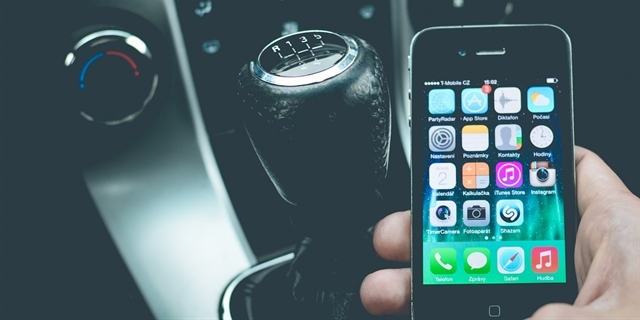
Types of self-diagnostics
At the outset, I would like to state that this article is intended primarily for amateurs who have no experience with self-diagnostics and who just want to check if their vehicle is OK. That is exactly why in this series of articles we will focus on universal diagnostics and not professional diagnostics. You must be wondering what the difference between these diagnostics actually is - the answer is quite simple. While universal diagnostics are cheap, work on most vehicles, communicate via Bluetooth or Wi-Fi and can only read (and at most delete) error codes, professional diagnostics are many times more expensive and only intended for selected brands, they can practically only communicate via cable and in addition to managing error codes, they can also program units. Of course, there are still diagnostics that can fall into both groups due to their functions, but we won't talk about those either.
How does self-diagnosis work?
If you want to connect auto-diagnostics to your vehicle, you must first find a diagnostic connector or port, which is commonly known as OBD2 (On-Board Diagnostics). This diagnostic port was first used in the United States in 1996, then in Europe it is found on all gasoline cars from the year of manufacture 2000 and on diesel cars from the year of manufacture 2003. The good news is that the OBD2 port is used on practically all vehicles until today. It can therefore be said that with the help of this series, at the end of it, you will be able to diagnose practically all European vehicles from 2000 in the case of gasoline or 2003 in the case of diesel.
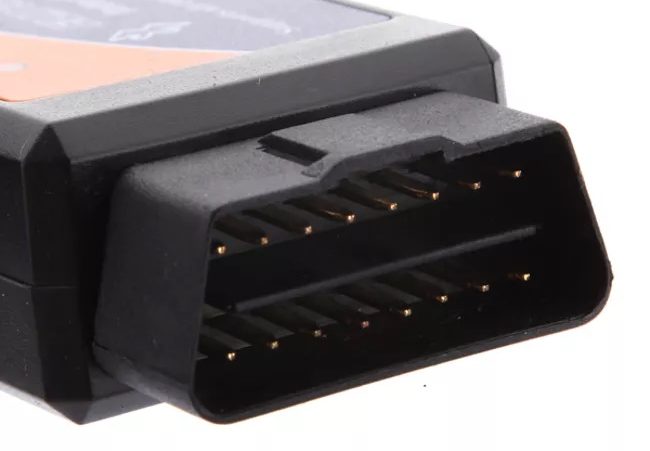
The OBD2 diagnostic port has a total of 16 pins and is shaped like an isosceles trapezoid. You will most often find this connector on the driver's side, somewhere under the steering wheel. From my own experience, I can say that some Ford vehicles have a diagnostic socket hidden in the storage box on the left side under the steering wheel, in newer Škoda vehicles the port is also located on the left side under the steering wheel, but not in the box. Some sockets are then covered by a cover which must be removed. In this case, I recommend that you always find the location of the connector on Google images, just search for the term "[vehicle name] OBD2 port location".
Which diagnostics to choose?
As I mentioned above, in this series of articles we will mainly focus on cheaper self-diagnostics that are universal. On the one hand, they can be controlled via a smartphone, and on the other hand, they do not offer options by which you could somehow destroy or remove the vehicle's control units. Currently, the most available diagnostics are those labeled ELM327. These diagnostics are available in several versions - in addition to the cable version that can be connected to a computer, you can also purchase a version with Wi-Fi or Bluetooth. The division in this case is simple - if you have an iPhone, you will need the version with Wi-Fi, if you have Android, Bluetooth will be a better solution for you. Since we are on a magazine dedicated to Apple, i.e. iPhone smartphones, you will need to order the ELM327 self-diagnosis with Wi-Fi connection. You can buy such self-diagnostics practically anywhere, both in the country and abroad. Below I attach links to purchase both versions in the Alza.cz online store. It should be noted that of course Android users will also be able to benefit from this article - the connection process is very simple and similar in both cases.
- You can buy ELM327 Wi-Fi diagnostics for iOS (and others) here
- You can buy the ELM327 Bluetooth diagnostic for Android here
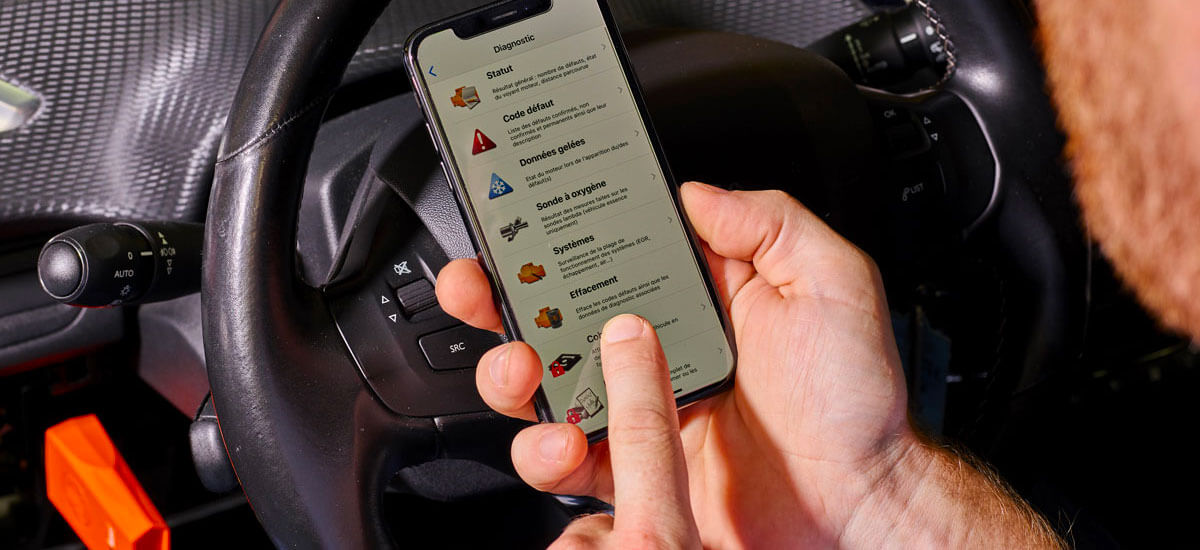
záver
That's it for this pilot of the new Autodiagnostics for iPhone series. Above, we have divided the self-diagnostics into two main groups, we have talked more about the OBD2 diagnostic port, and I have guided you to buy the right self-diagnostics for your iPhone, or for your Android. If you are impatient, then of course you can order diagnostics, otherwise you just have to wait for the next articles in which we will provide more information. In the next part, we will look together at how self-diagnostics can be connected to your smartphone and show some basic applications that you can use with ELM327 diagnostics.
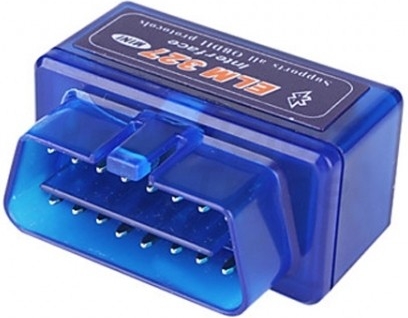
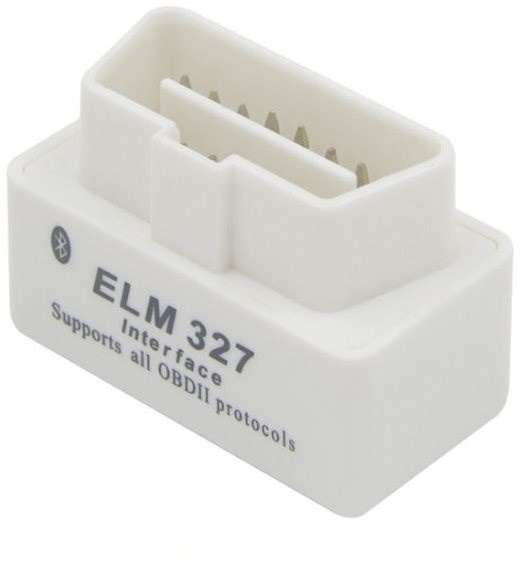


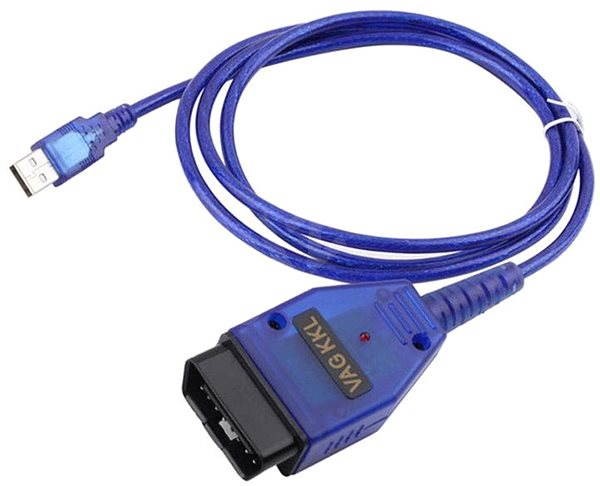
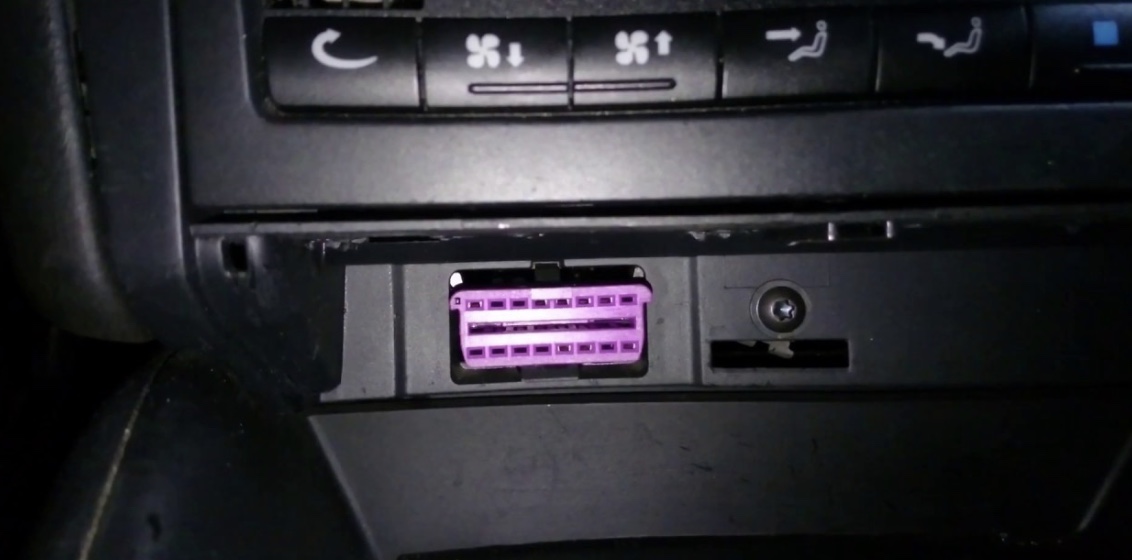
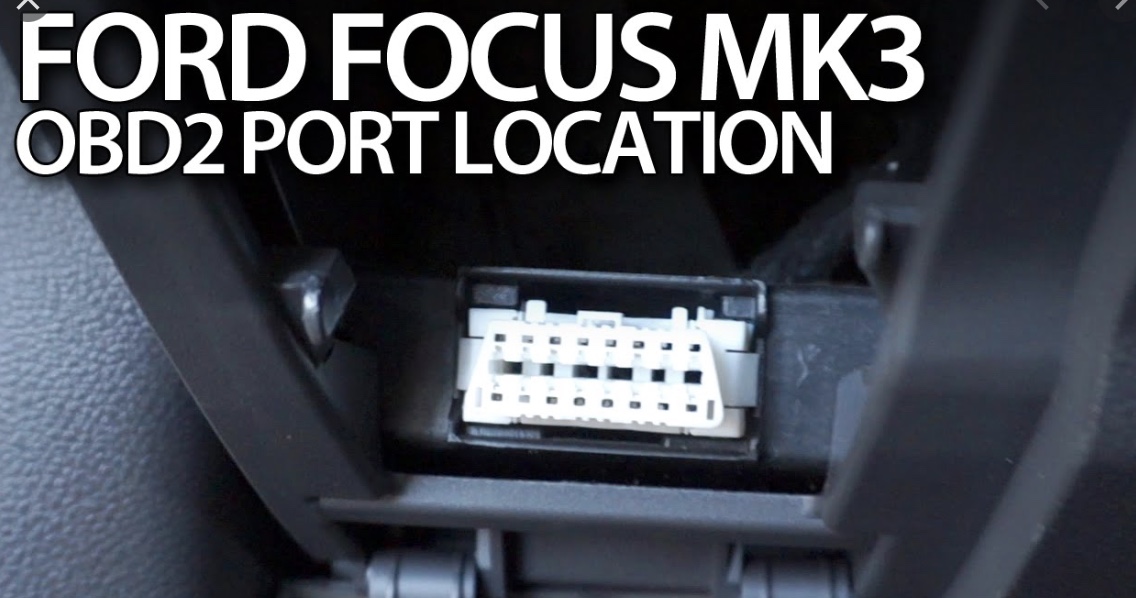
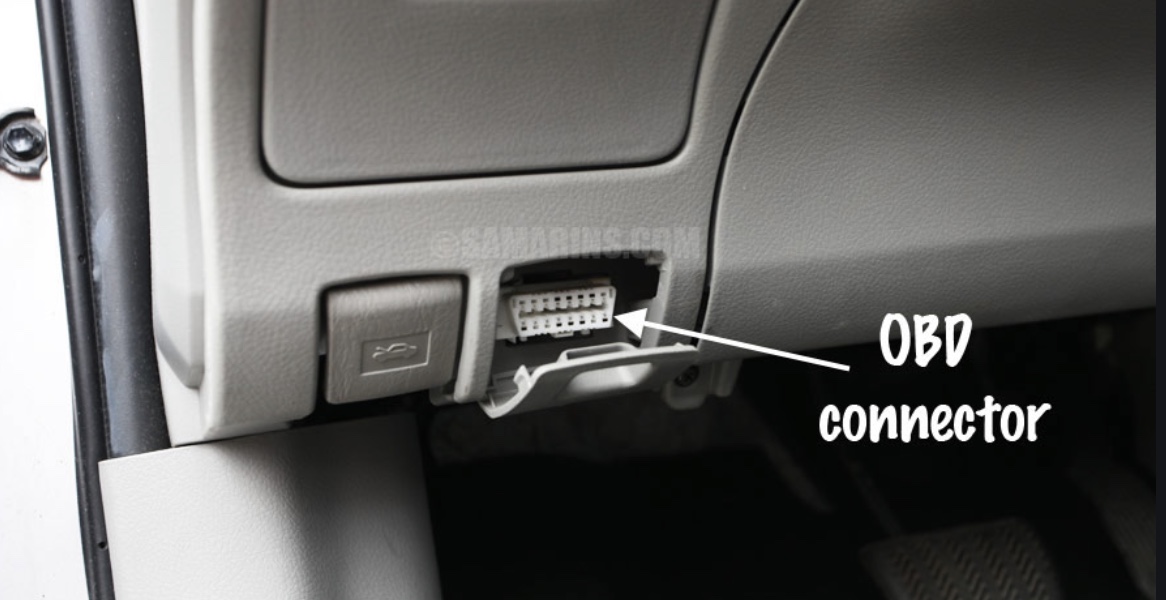

ELM327 diagnostics cannot be connected to octavia 2 Fl due to dimensions
Yes, you are right, in this case it should be possible to solve the problem with an extension cable that is not so "thick" at the connector.
I have it spiked on O2 fl and it runs normally. The truth is that it doesn't hold perfectly there, but that doesn't mean it doesn't fit ;-).
in the review they write that, in addition to purchasing the device, you also need to pay a service fee, otherwise it is a matter of …. Please note this before you buy it.